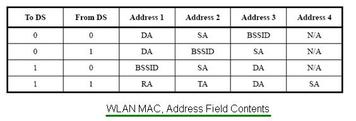WiFi HaLow (WiVi): An Overview of the Technology
Advertisement
This page provides a basic overview of WiFi HaLow (also referred to as WiVi) technology. It explains the key features of WiFi HaLow and how it works. WiFi HaLow is a wireless technology designed to extend the coverage of traditional WiFi while maintaining low power consumption. This name was given by the WiFi Alliance.
The WiFi Alliance is a group of companies that maintains and manages WLAN standard-compliant products and their specifications. WiFi products adhere to the IEEE 802.11 series of standards.
WiFi HaLow, also known as WiVi, expands the use of WiFi into the frequency spectrum below 1GHz (specifically, the 900MHz band), which is an unlicensed band. Devices can also operate in the 2.4GHz and 5GHz bands, which are commonly used by other WiFi standard devices.
A key advantage of WiFi HaLow is that products from different vendors can seamlessly interoperate. WiFi HaLow technology products comply with the IEEE 802.11ah standard. Devices based on this standard are widely used in IoT (Internet of Things) networks.
Specifications of WiFi HaLow or WiVi
| Specification | Details |
|---|---|
| Coverage Distance | Double than standard WiFi, about 1 Km (3280ft) |
| Frequency of Operation | 2.4GHz, 5 GHz, 900 MHz |
| Standard | IEEE 802.11ah |
| Applications | Voice, data exchange, internet, IoT etc. |
Advertisement
 RF
RF


